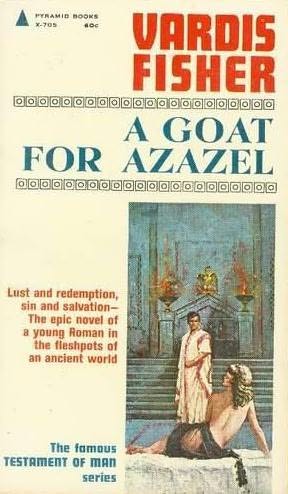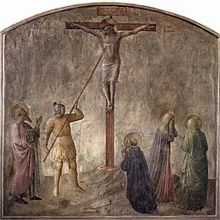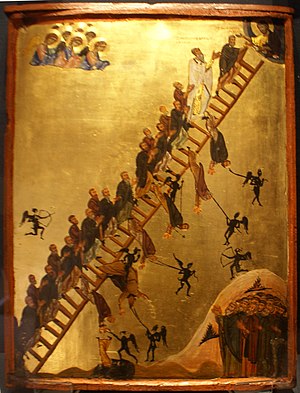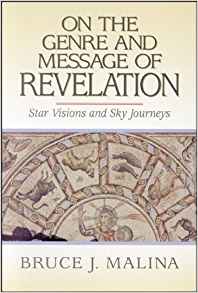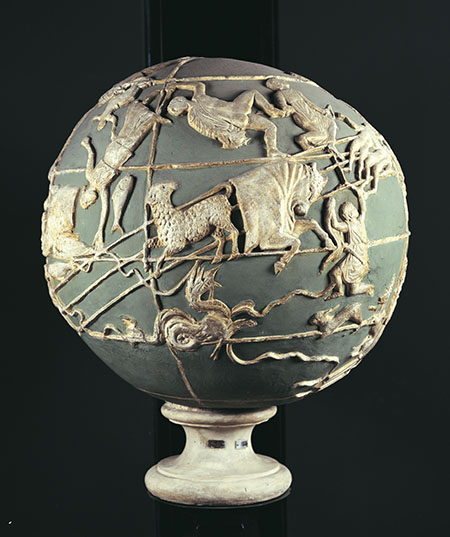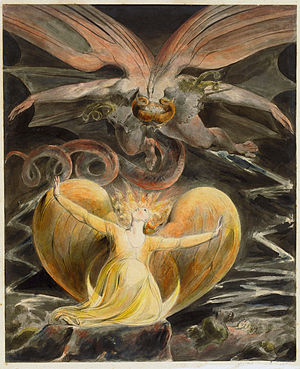
This post continues Couchoud’s account of the nature of the Christ found in the Book of Revelation and how he epitomizes the “false Christ” that Paul denounced his apostolic rivals for promoting. Couchoud has been tracing the rise of Christianity from the Enochian community in “pre-Christian” times and the evolution of the Christ idea in his work The Creation of Christ. Jesus Christ, he argues was a figure that evolved from meditations of the Jewish Scriptures and related Second Temple apocryphal literature. Paul’s Christ was a heavenly being into whom he projected his own life of sufferings and attributed to them saving power once embodied in God himself. Jesus was really another image or aspect of God himself. But Paul’s rivals were based in Jerusalem and they envisaged a very different sort of Christ. The continuing visions of this conquering and far-from-humiliated Christ by one of those “Jerusalem pillars”, John, is the subject of this post. The previous post in this series examined The Book of Revelation’s damning allusions to Paul’s Christ and teachings. Keep in mind that all of these Christological divisions pre-date any thought that Jesus had visited earth. According to all early prophets and apostles Jesus was an entirely heavenly being whose coming — first coming — was eagerly anticipated by the devout. The complete series is archived here.
John is carried up from earth to heaven where he beholds the glorious setting of the Eternal and Formless God (Rev. iv. 2-6):
Behold a Throne was set in heaven
On the Throne was One seated.He who was seated was in aspect as a Jasper and a Sardius;
A Rainbow round about the Throne
In sight like an Emerald.About the Throne were four-and-twenty thrones,;
On the thrones were sitting four-and-twenty Elders,
Clothed in white raiment,
On their heads crowns of gold.Out of the Throne came lightnings
And the crash of thunder.
Seven Torches of Fire burned before the Throne
Who are the Seven Spirits of God.
Before the throne a sea of glass
Like a crystal.
Jesus is found to be dwelling in such a setting as this, forever sharing the glory of God’s throne. This Jesus is now described.
John is present at the mysterious liturgy which comes before the great drama. A scroll sealed with seven seals is in God’s hand. None in heaven, nor on earth, nor in hell, can open it. Further on its name is given as the Book of Life, the Book of the Slain Lamb.* [* Rev. xiii. 8 (the Book of the Life of the Lamb) ; xvii. 8 ; xx. 12 (the Book of Life).] This is the complete record on which the names of the elect are inscribed since the beginning of the world. When the seven seals are opened, the judgment will begin. Jesus alone can open them for to him belong the elect. Before the ages he redeemed them with his blood. He is the Sacrificed Lamb of Isaiah, the ram “slain from the beginning of the world” (Rev. xiii. 8; cf. I Peter i. 20: “foreordained before the foundation of the world, ” a corrective to John). He appears in the midst of God’s throne (Rev. v. 6):–
I saw in the midst of the Throne and of the four Cherubim,
In the midst of the Elders,
A Lamb, as though Slain,
With Seven Horns and Seven Eyes,
Who are the seven Spirits of God
Sent forth into all the Earth.The Shape of the Lamb is the eternal shape of Jesus. In heaven he is the divine Ram, as Jahweh was originally a divine Bull. The Lamb takes the Book to the sound of a new song (Rev. v. 9-10):–
Thou hast the power to take the Scroll
And to open the Seals of it,
Because thou wast sacrificed,
And bought for God with thy blood
Men of every tribe, speech, nation, and race,
Whom thou hast made for our God a Kingdom of priests,
Who shall reign on Earth.While the first six seals are being opened, warning events take place (Rev. vi. I) :–
I SAW the Lamb open one of the seven Seals;
I HEARD one of the four Cherubim
Say in a voice of thunder,
Come!I SAW; behold a white horse;
He who rode him
Held a Bow.
To him was given a Crown:
He went forth a conqueror to conquer.After the conqueror come a red horse, a black horse, a green horse; their riders are war, famine, and pestilence. The martyrs of old whose souls are beneath the heavenly altar cry out to God for vengeance.
Up till now I have attempted to post my own outline and paraphrase of Couchoud’s argument. But I see here I am beginning to quote him in full and for whatever reasons I have decided to scan the remainder of this chapter and copy Couchoud’s words in full for the remainder of this post. This makes it a bit long, but it is out of copyright (hence not illegal) and sharing some of Couchoud’s style (even in translation) as well as his argument may not be a bad thing. I will use the default WordPress fonts and formatting for the full copy of Couchoud’s pages 87 to 108 of The Creation of Christ, Volume 1. The running chapter heading is THE SACRIFICED LAMB. (I have changed some of the coding for the footnotes.) Any bolded text for emphasis and the colour coding for ease of breaking up the text on a computer monitor is my own doing. Continue reading “The Christ of John’s Revelation — Nemesis of Paul’s crucified Christ (Couchoud continued)”


